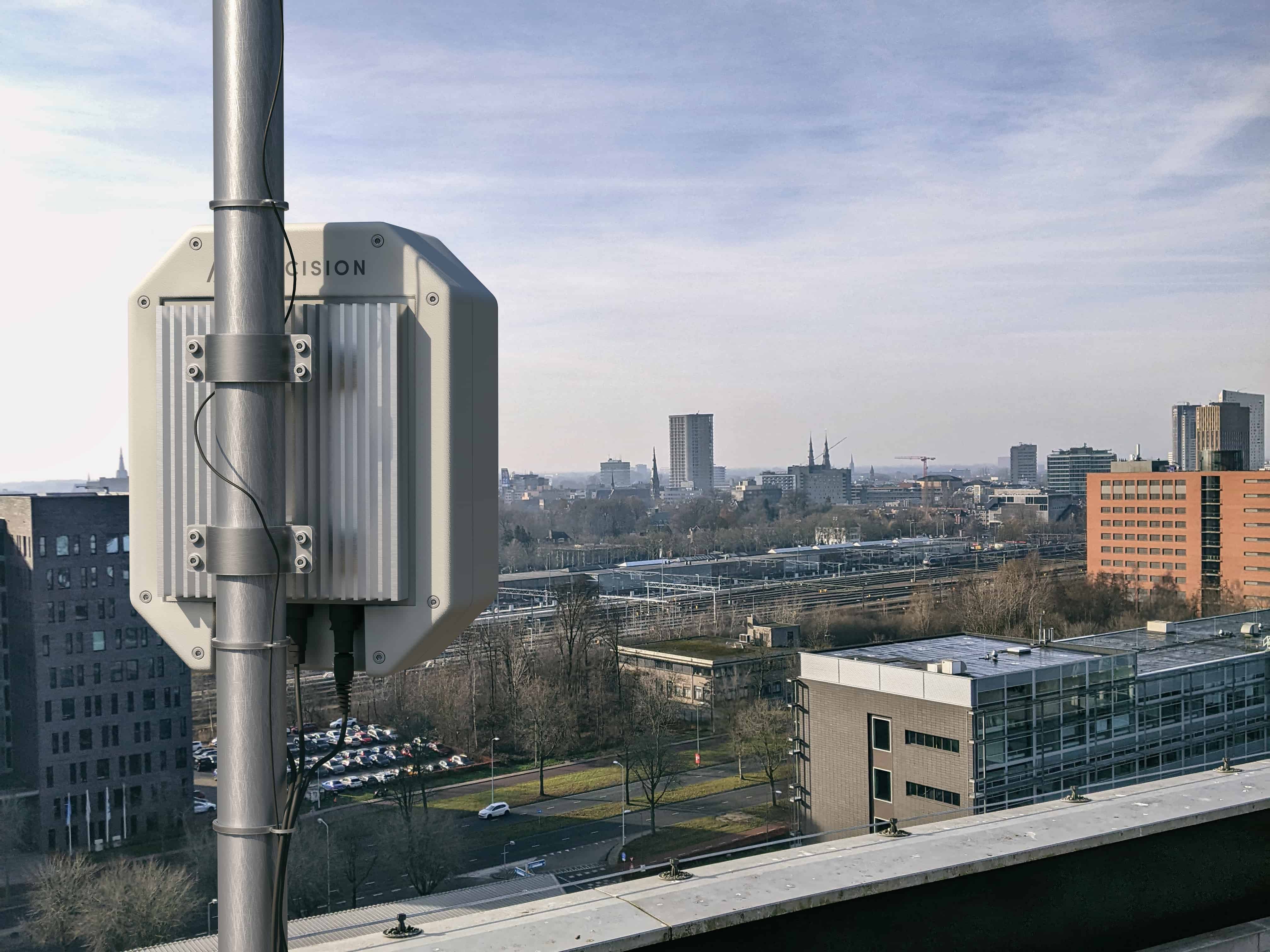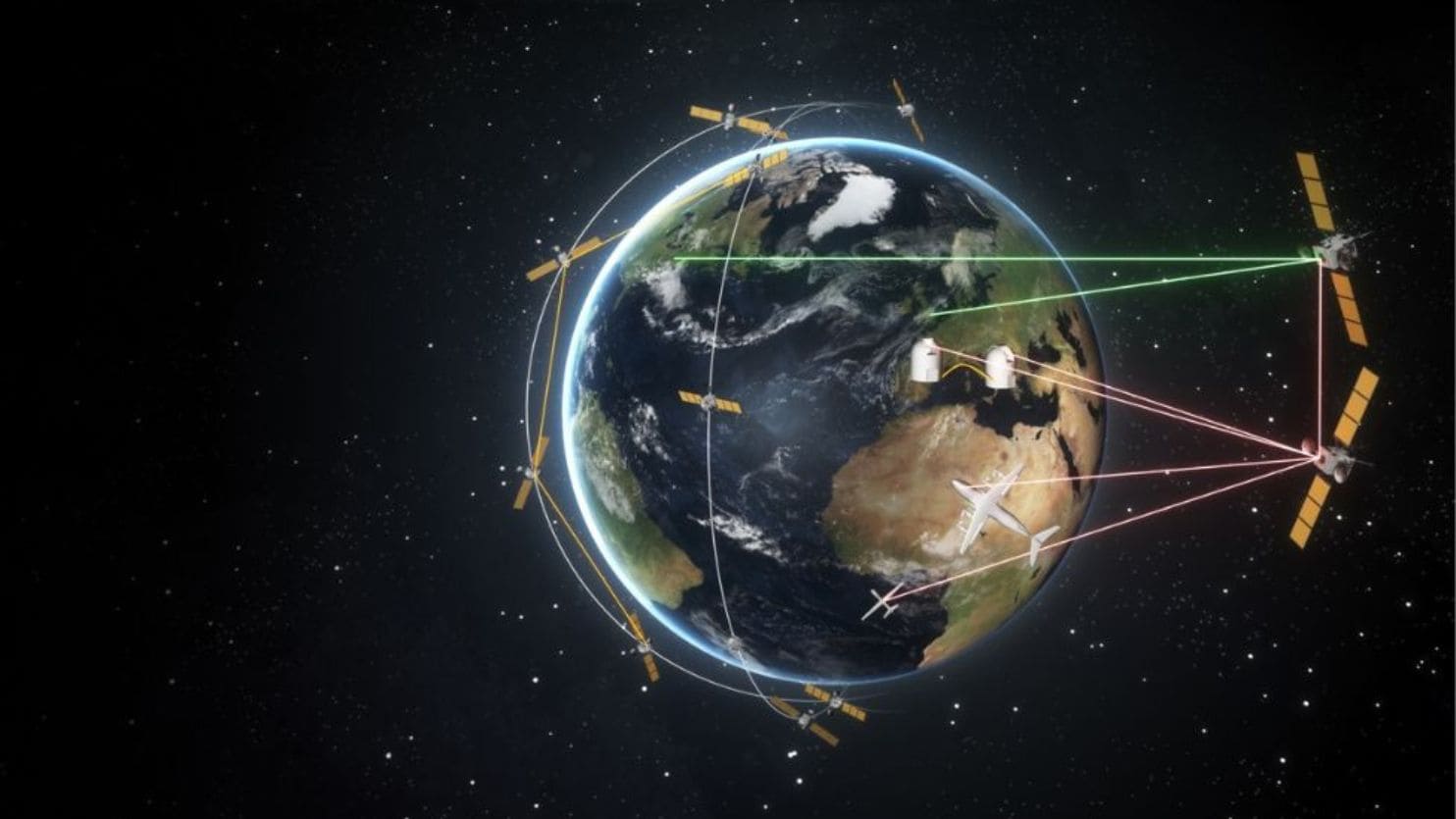
When optical fiber connections are not feasible, laser-beam technology can be a solution. Aircision, a communications start-up from the Eindhoven-based accelerator HighTechXL, recently demonstrated the ability to scale the bandwidth of their optical head to a system performance of 1.2Tbps. Aircision delivers ultra-high-capacity free space optics systems that are deployed fast, cover long distances and are highly secure.
Aircision, a TNO spinoff, provides both communication and metrology solutions using laser technology. Its communications system solution is based on line-of-sight laser technology, which has the potential to increase network connectivity in areas where expansion may be problematic. This is particularly effective in the rollout of 5G, which will require a ramp-up in the number of cell towers and masts.
Aircision has been developing its novel and proprietary Free Space Optical Communication (FSOC) system since 2019 and has collaborated closely with several stakeholders in the European Photonics Ecosystem. “Compared to existing radio frequency wireless links, we have demonstrated how Aircision’s high capacity optical wireless technology can deliver the unprecedented bandwidth needed for future networks,” said Fernando Guiomar, Senior Researcher at Instituto de Telecomunicações (IT).

In the tests, Aircision showed a performance up to 1.2Tbps over a 1.7 km link which is enough data in a single link for over 5,000 homes. This is over 80 times more data delivered than a state-of-the-art radio frequency system today. “We have proven our optical head can scale with different modulation formats and higher data rates, as we evolve to future 6G networks,” said Robert Hughes, CEO at Aircision.
Aircision sees several market opportunities for its ultra-high-capacity optical wireless links, including:
- Data Center Interconnects (DCI) – connecting two or more data centers
- Enterprise or private networks – high-capacity data connectivity for additional security
- Multi-access Edge Computing (MEC) – supporting networks at 5G and beyond.
Later this year, Aircision will deploy the first versions of its Blackbird product in rural Africa, the United States and Europe to connect the unconnected. In early 2024, Aircision plans to deploy in volume its first generation products supporting mobile backhaul and broadband links beyond 5km.
Aircision is raising its seed round, which is expected to close in the first half of 2023. With this funding, Aircision aims to widen its commercial engagement, fund product pilots and expand the team in anticipation of its first production units later in 2023.








